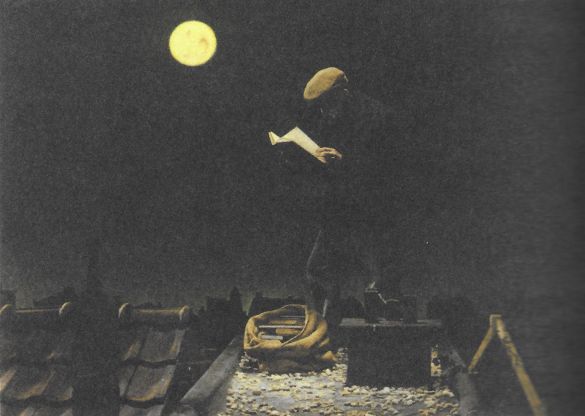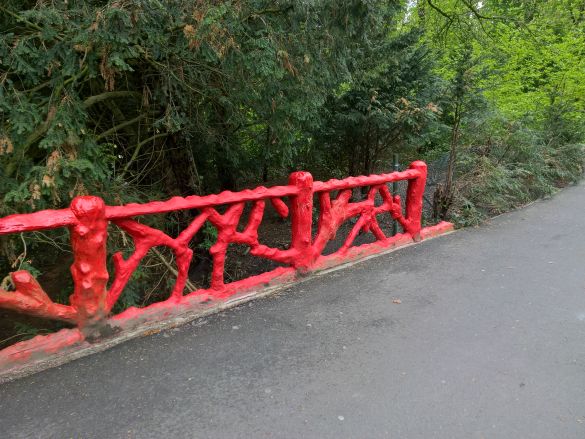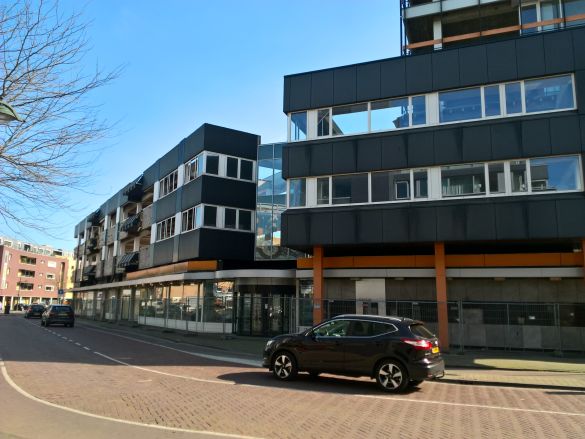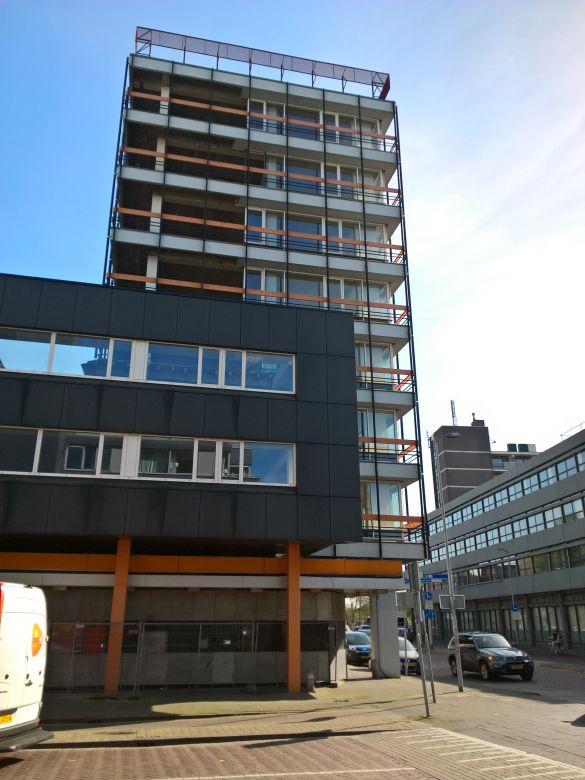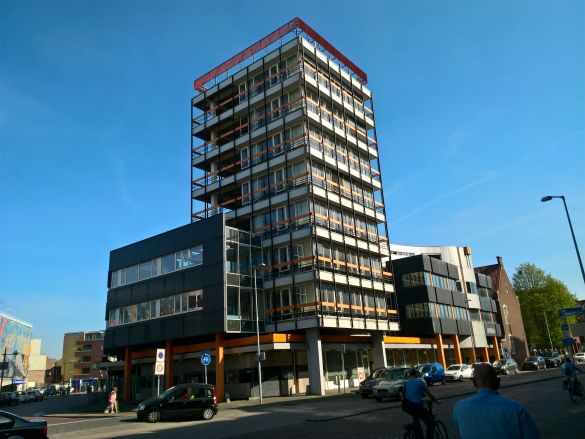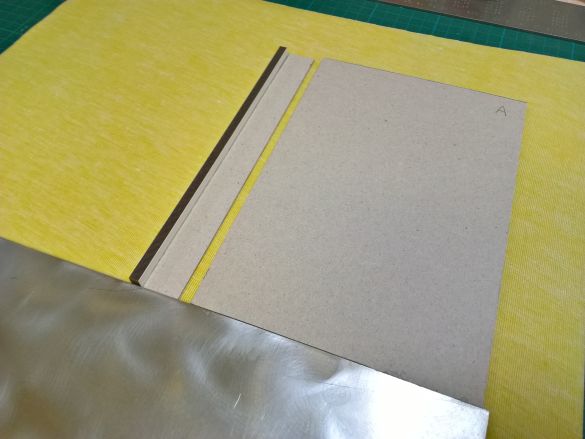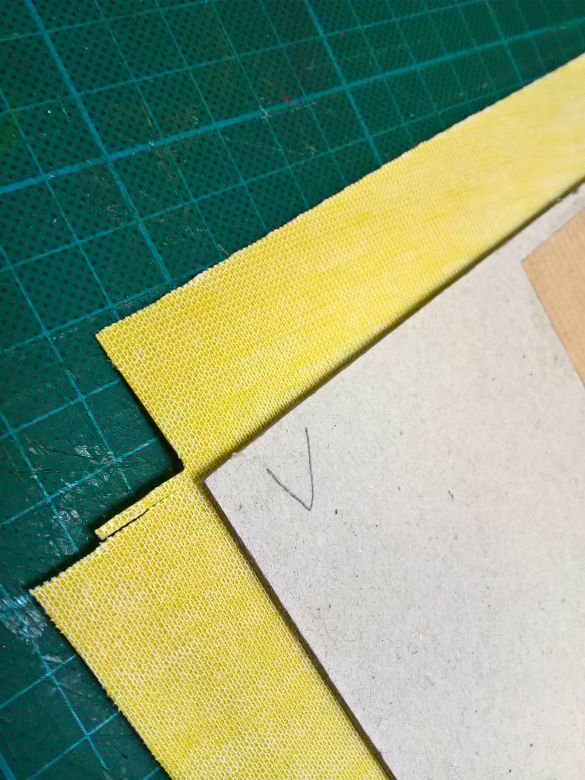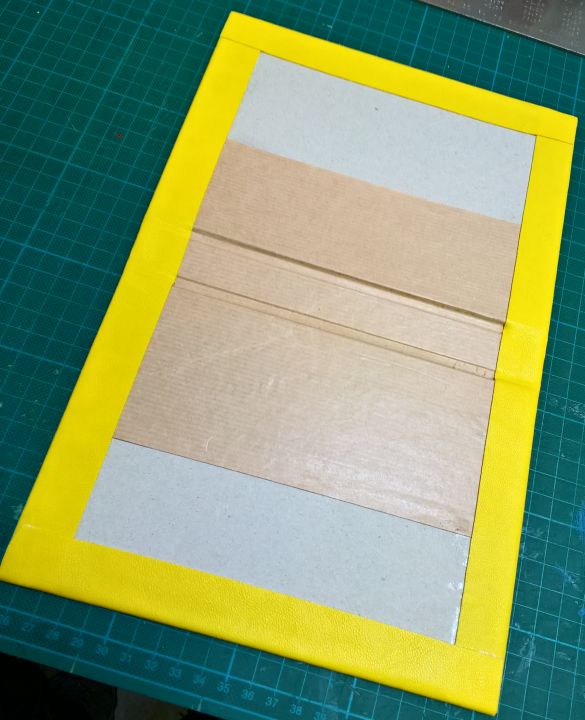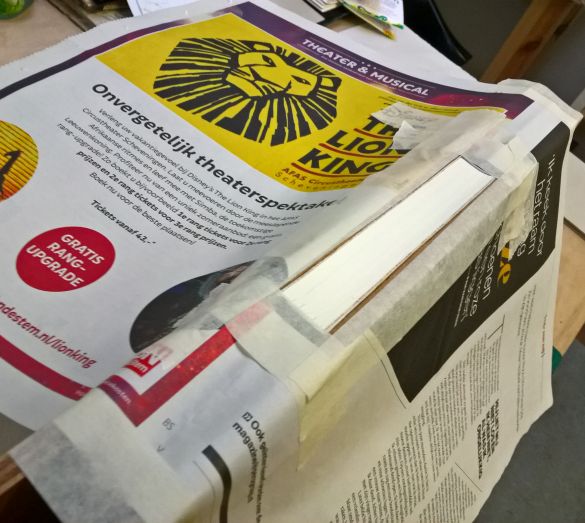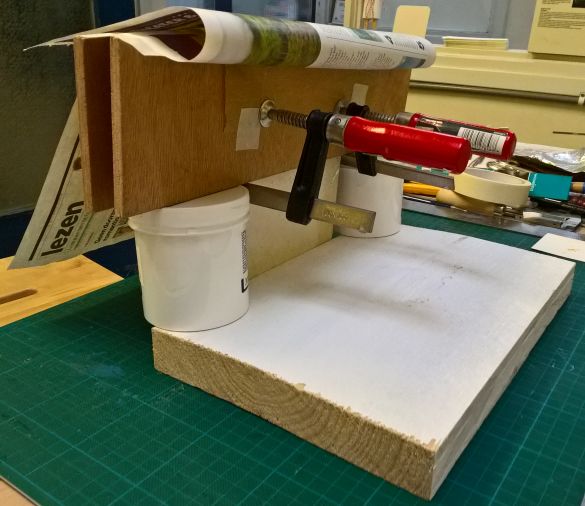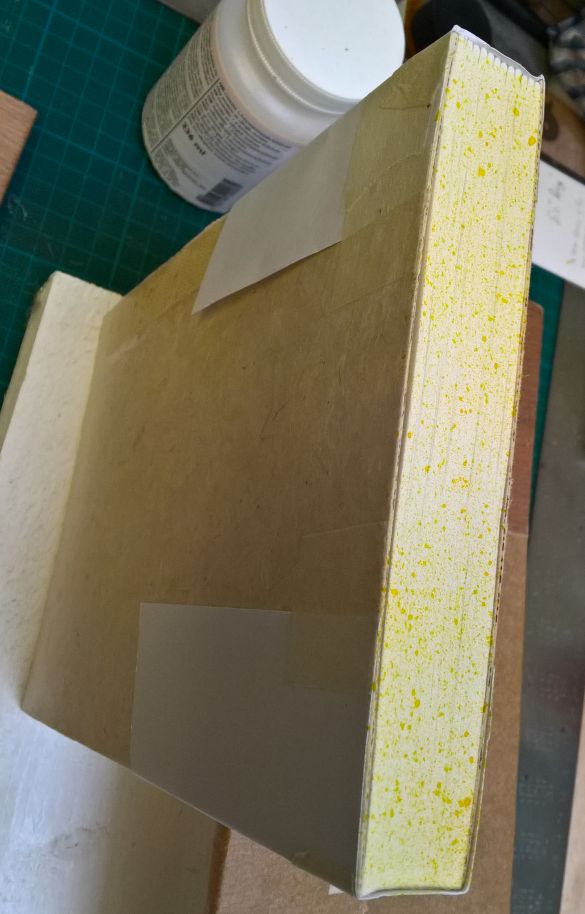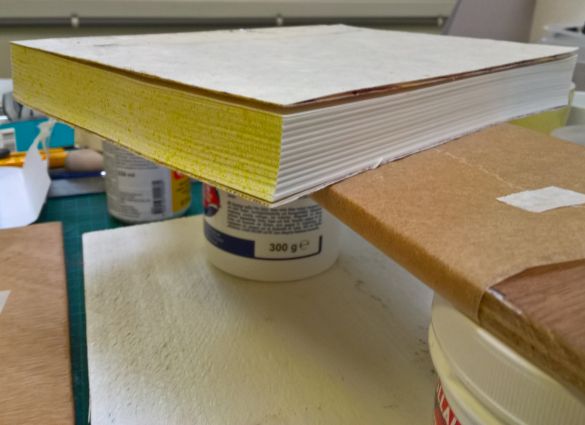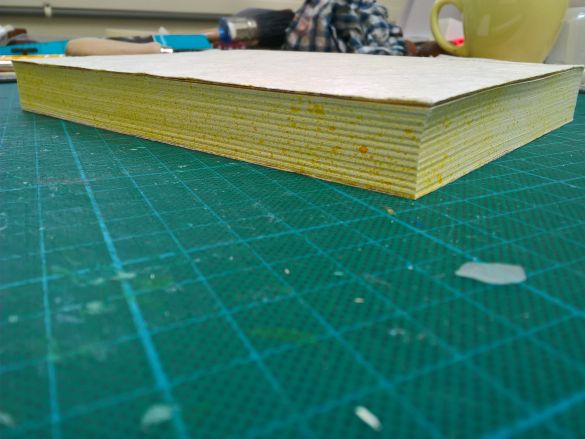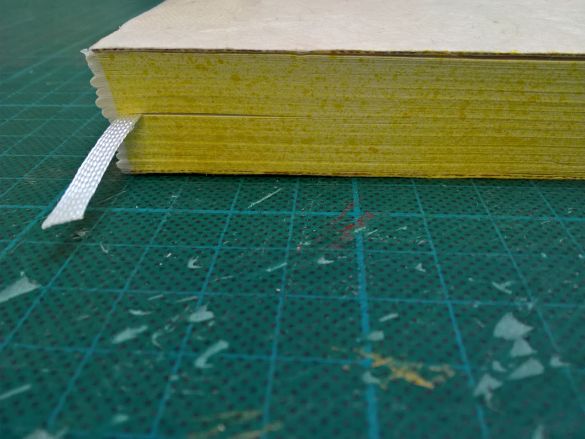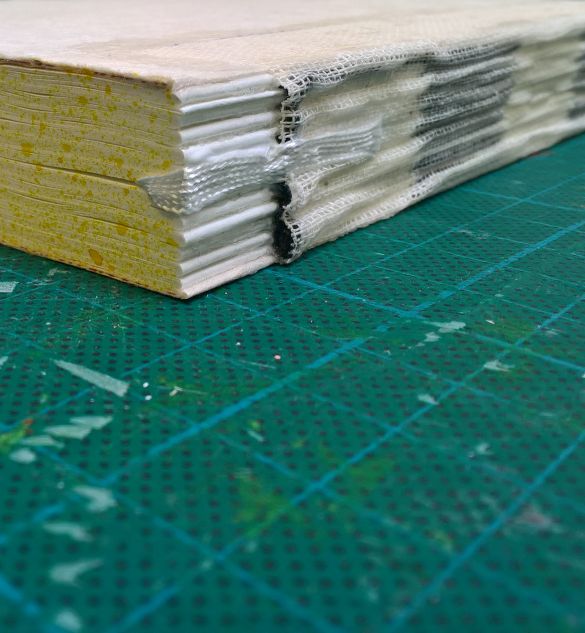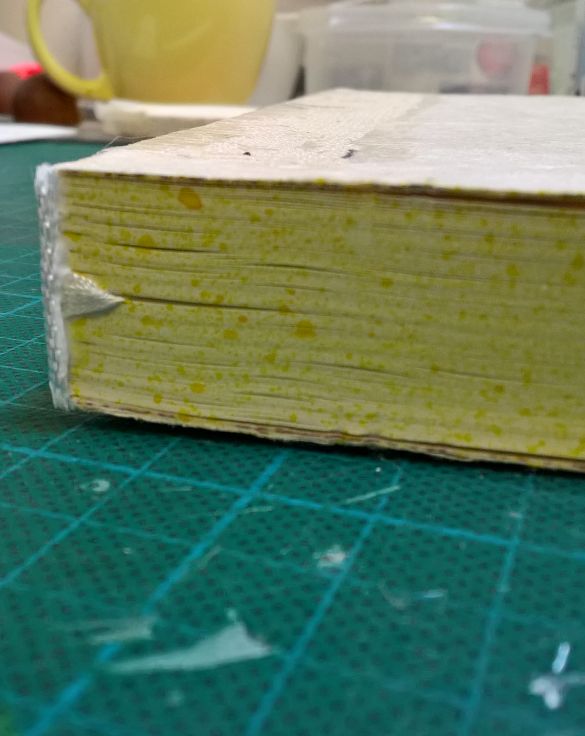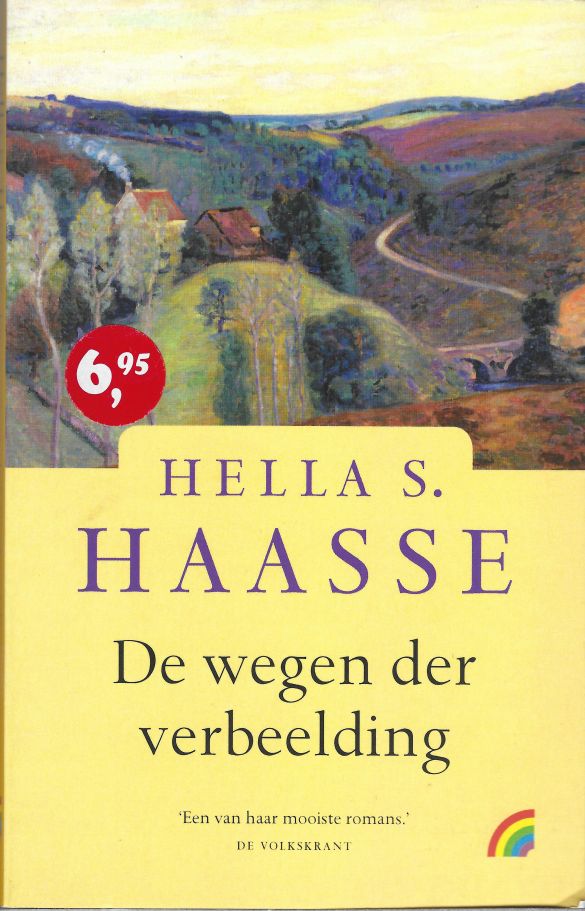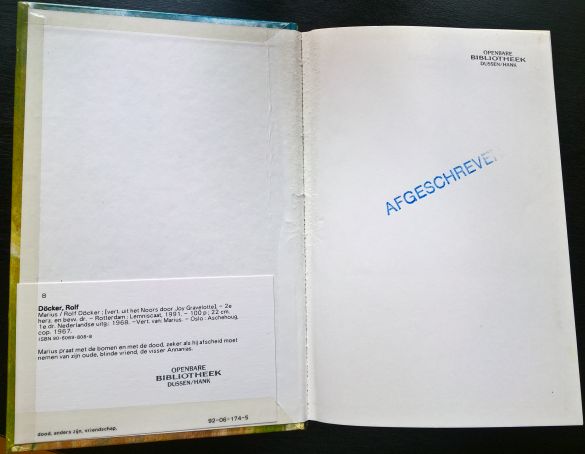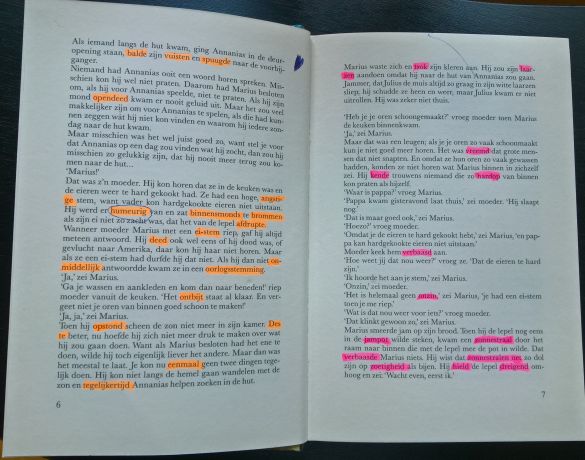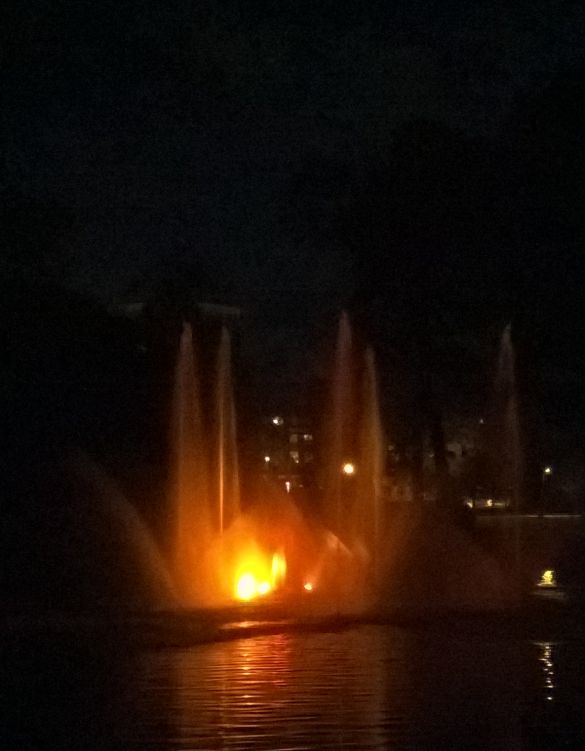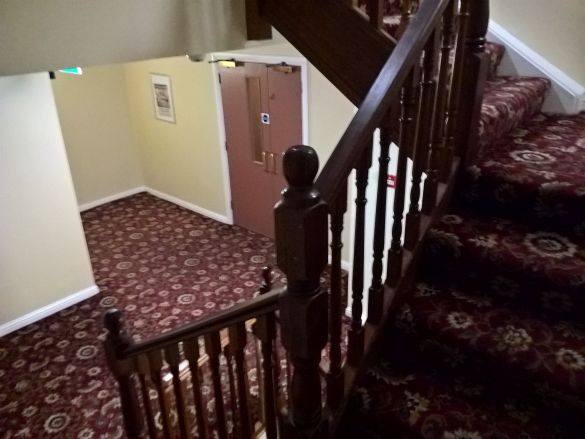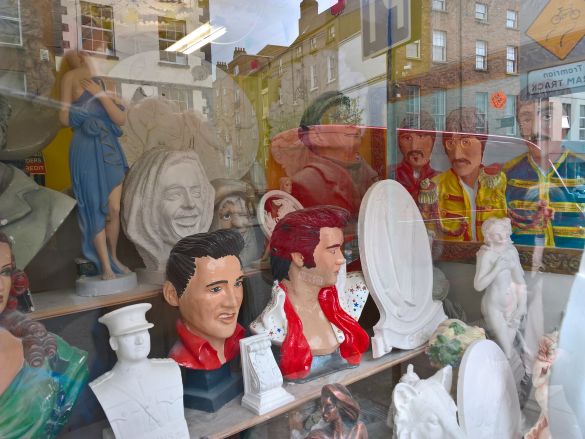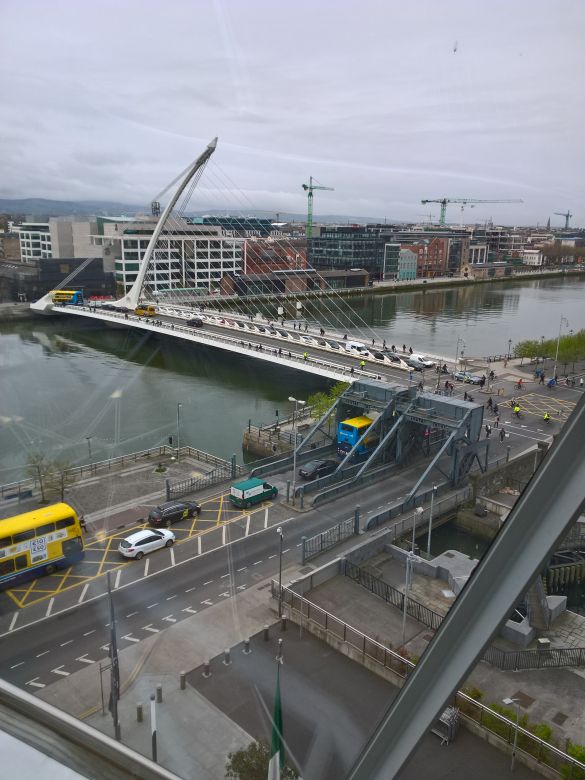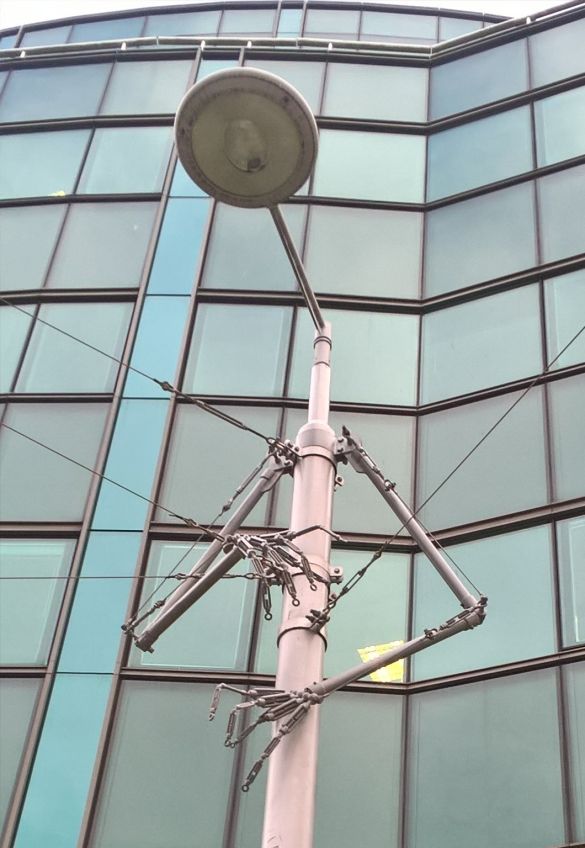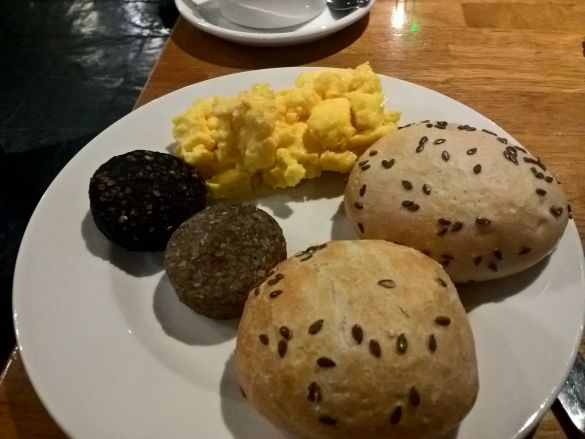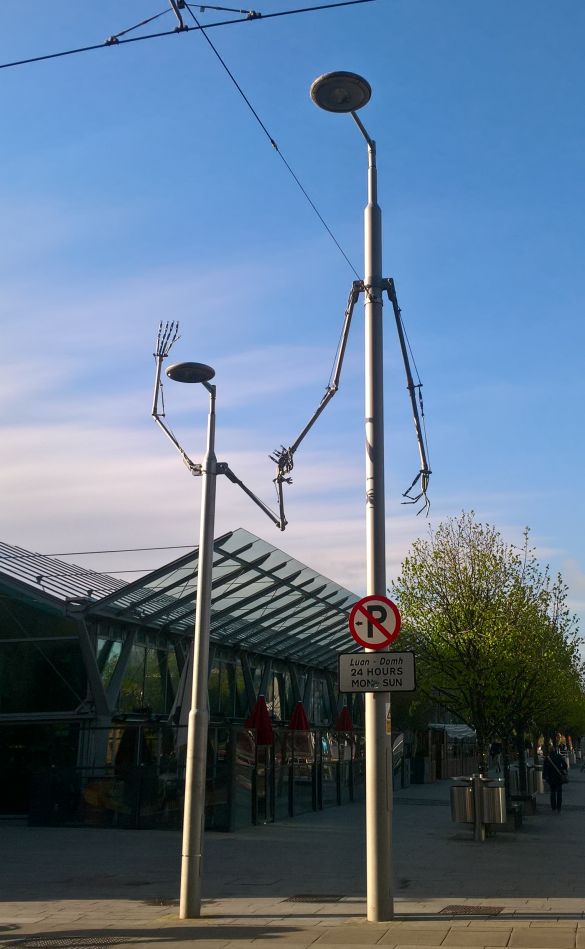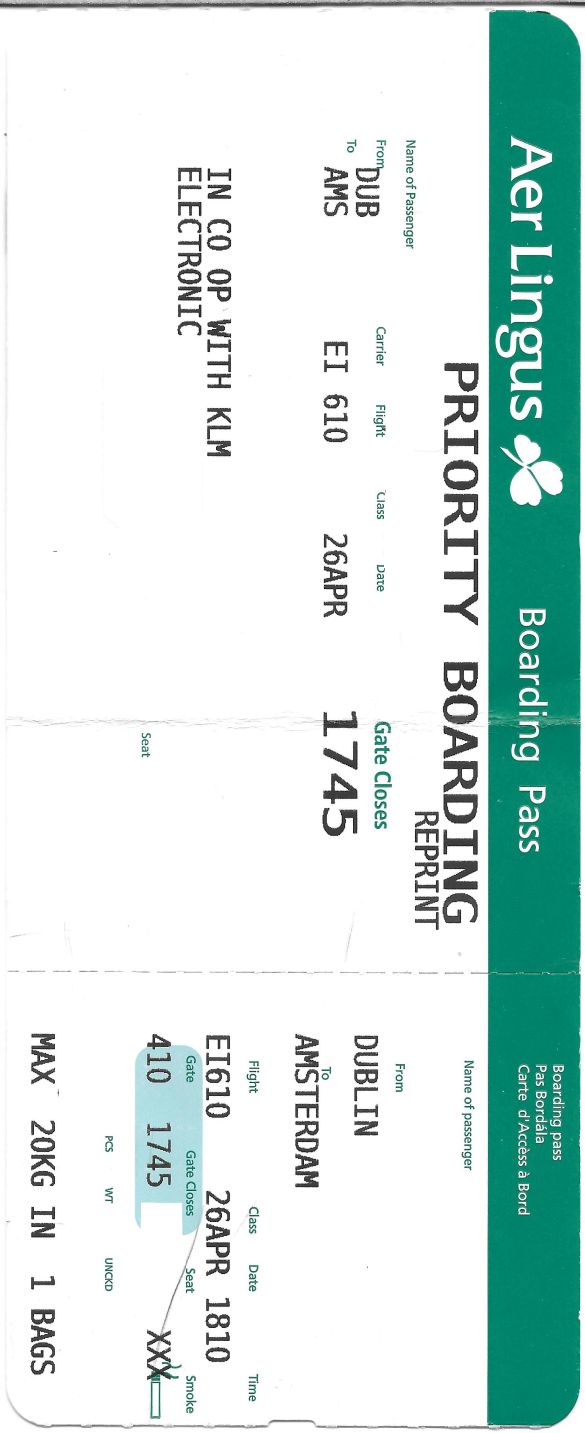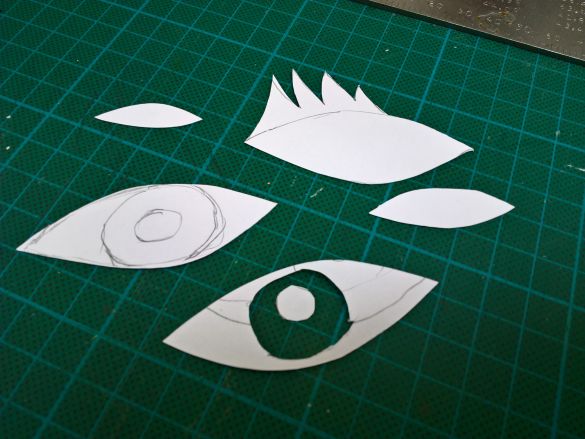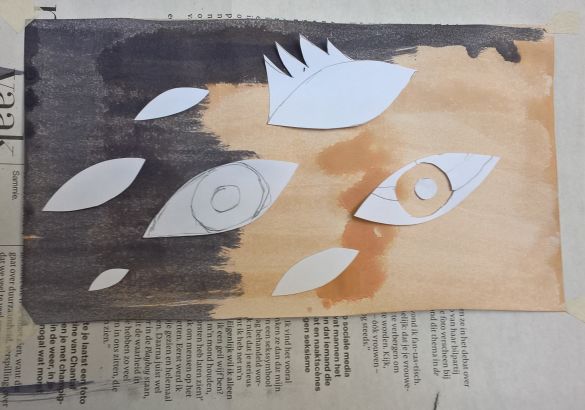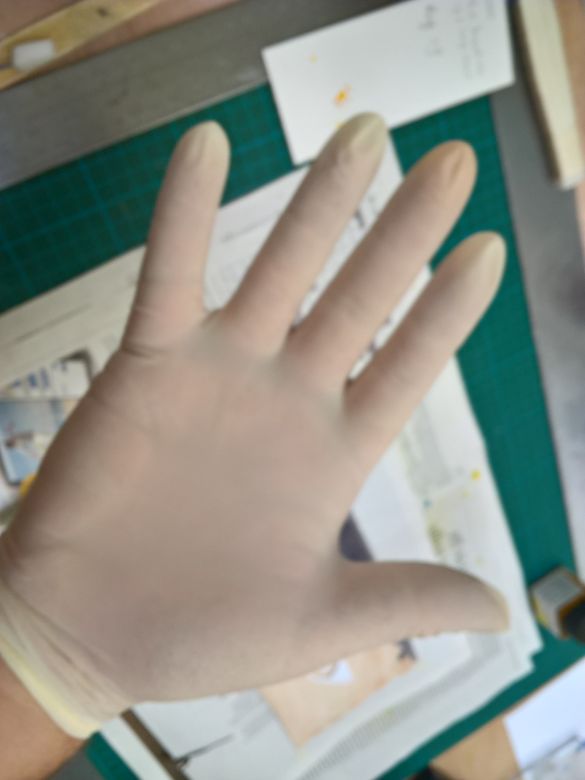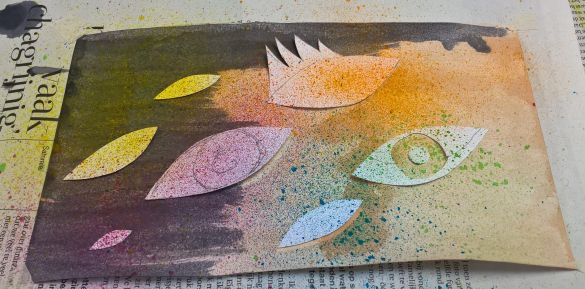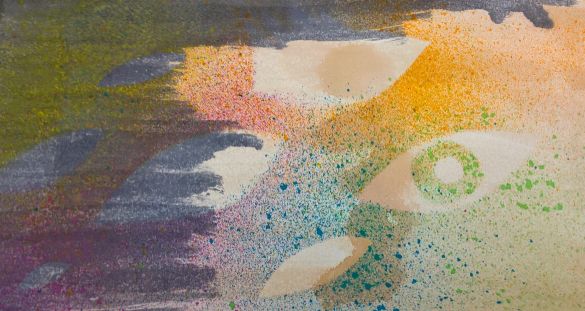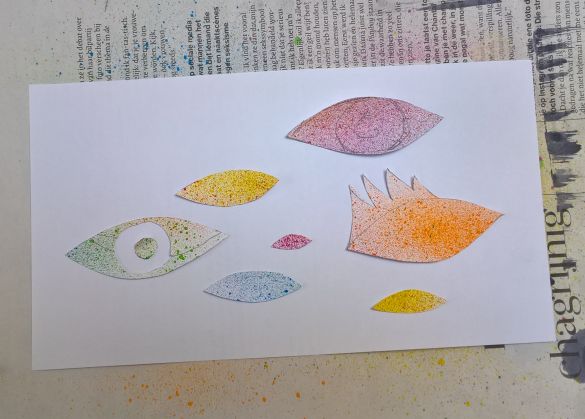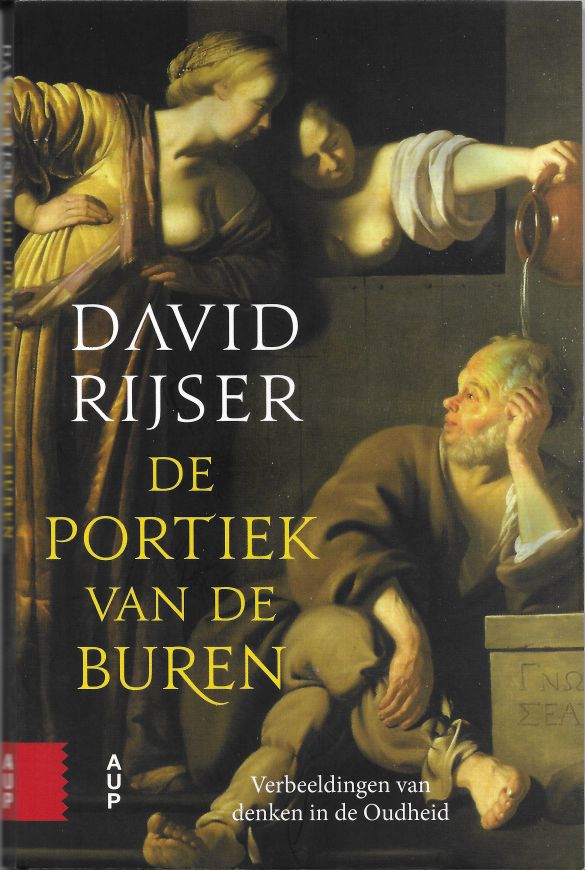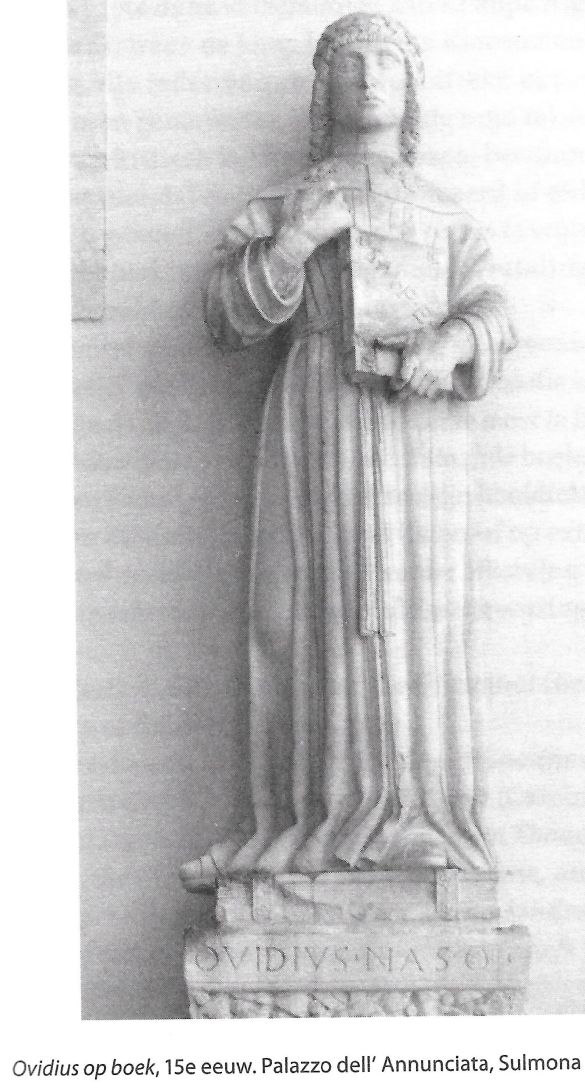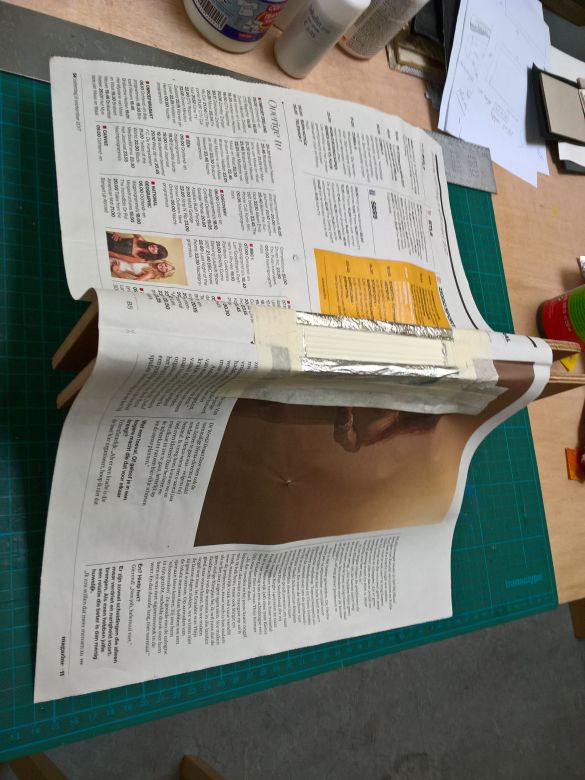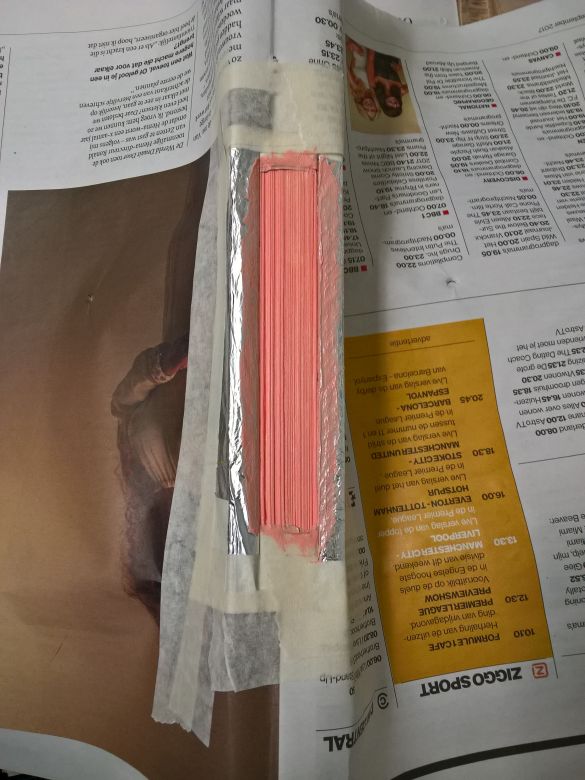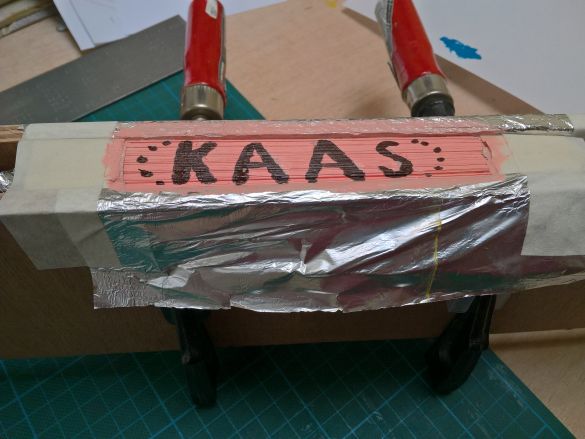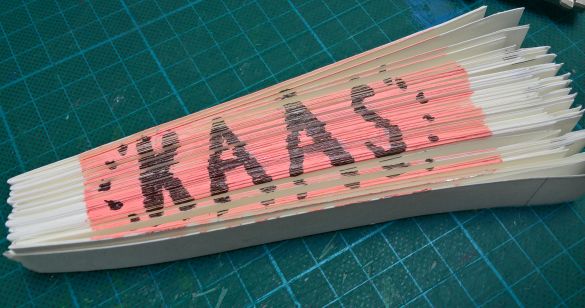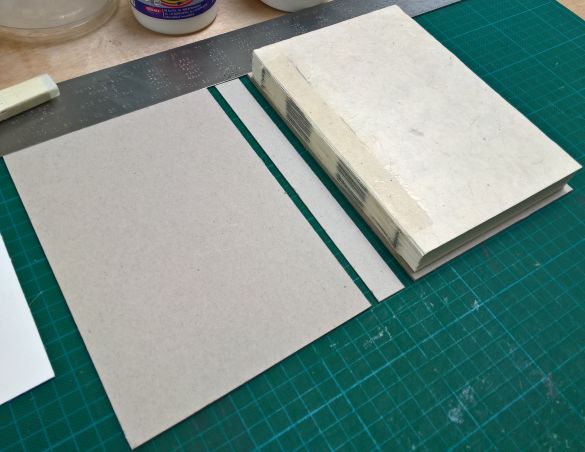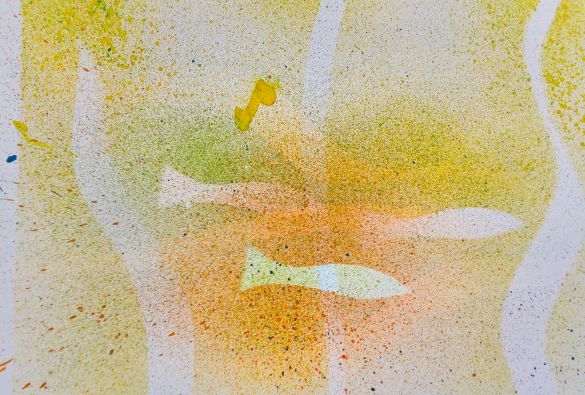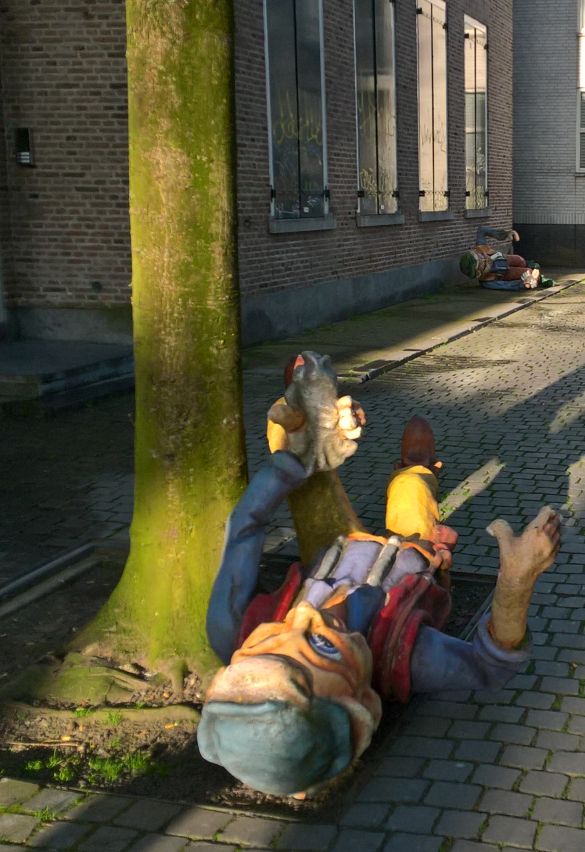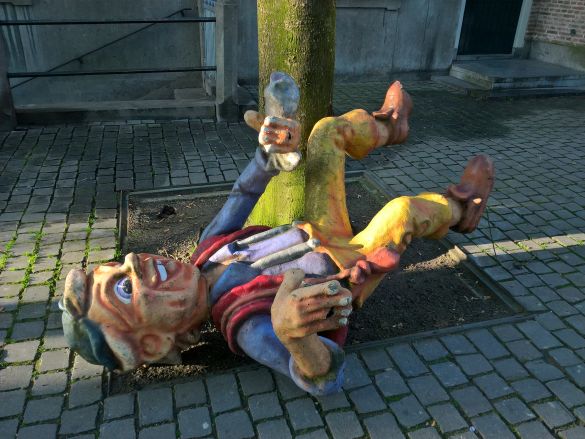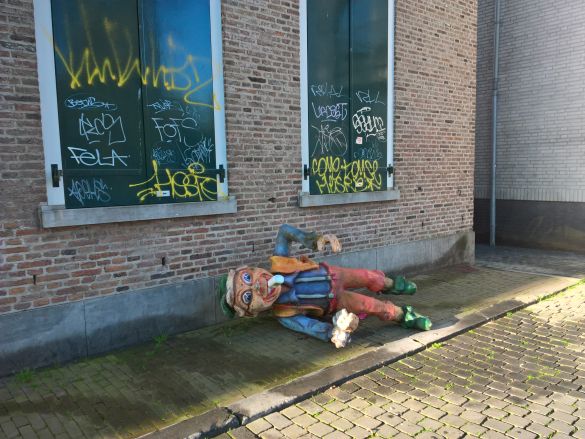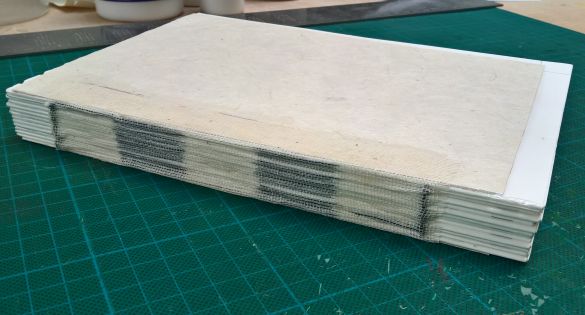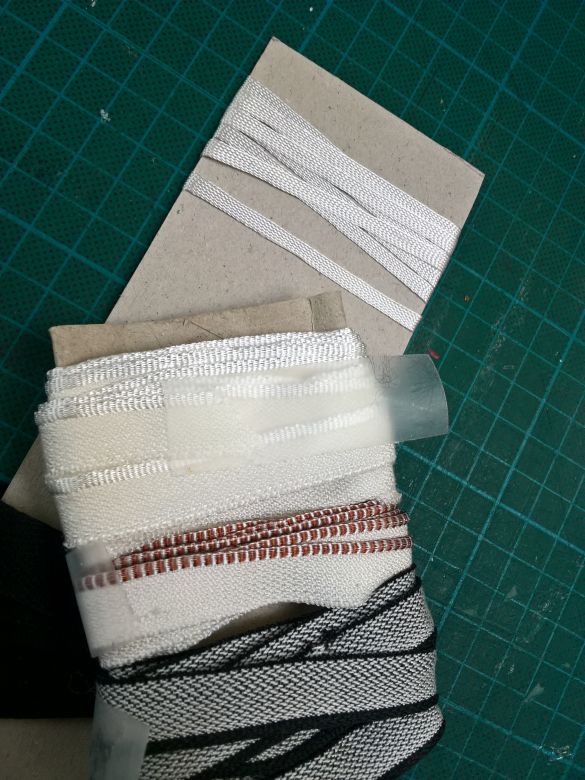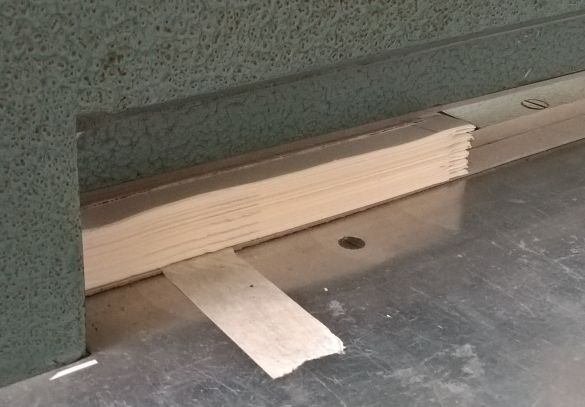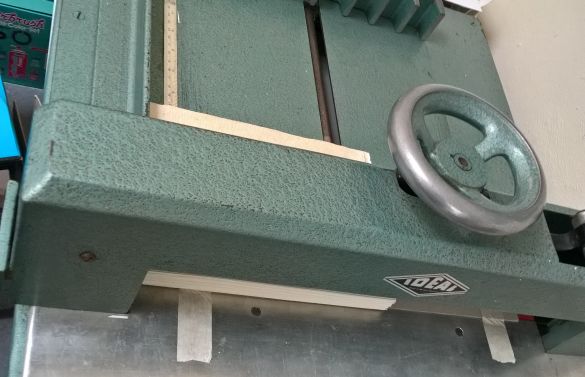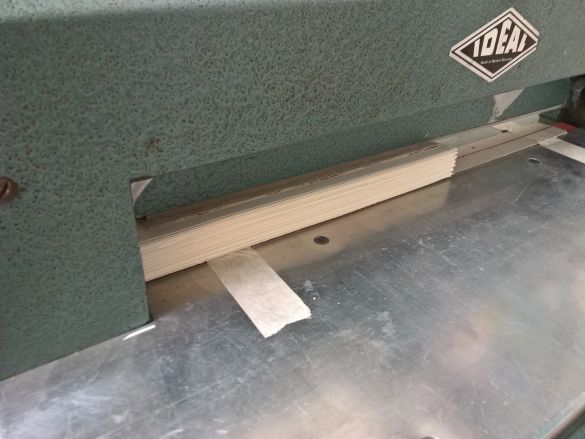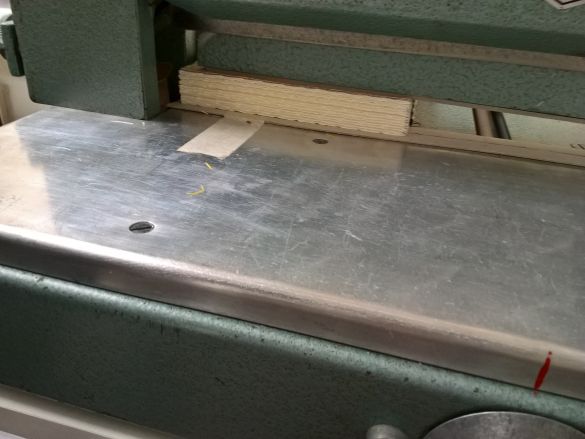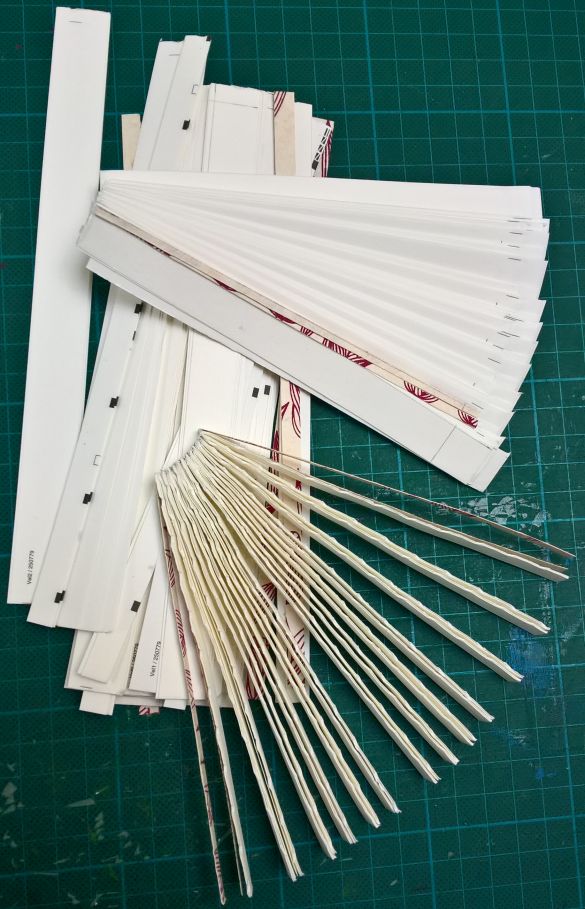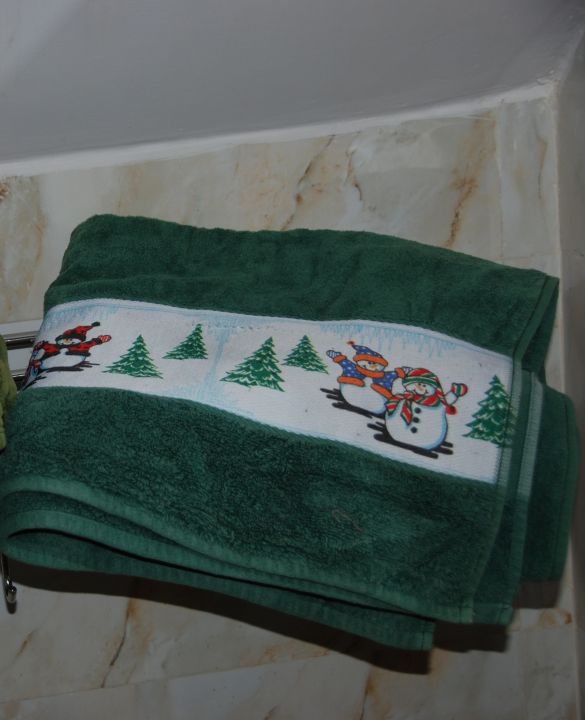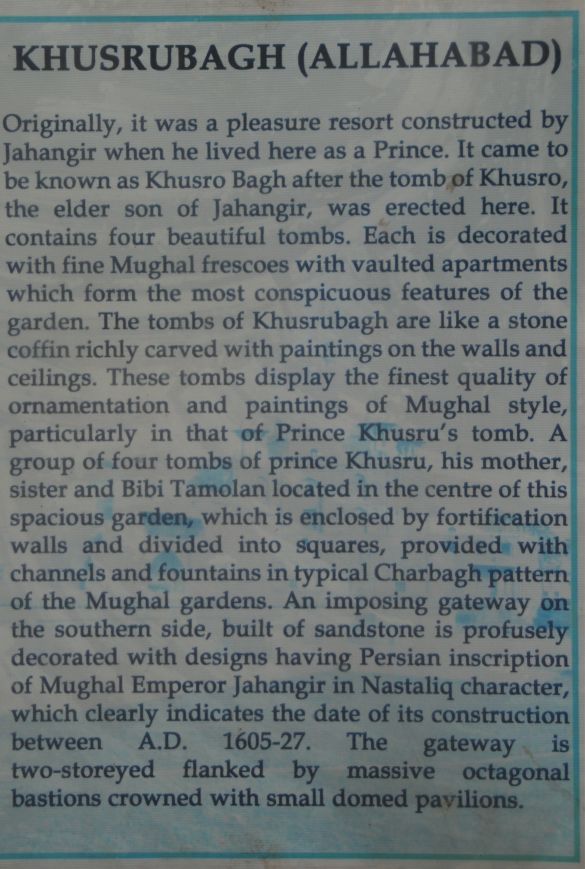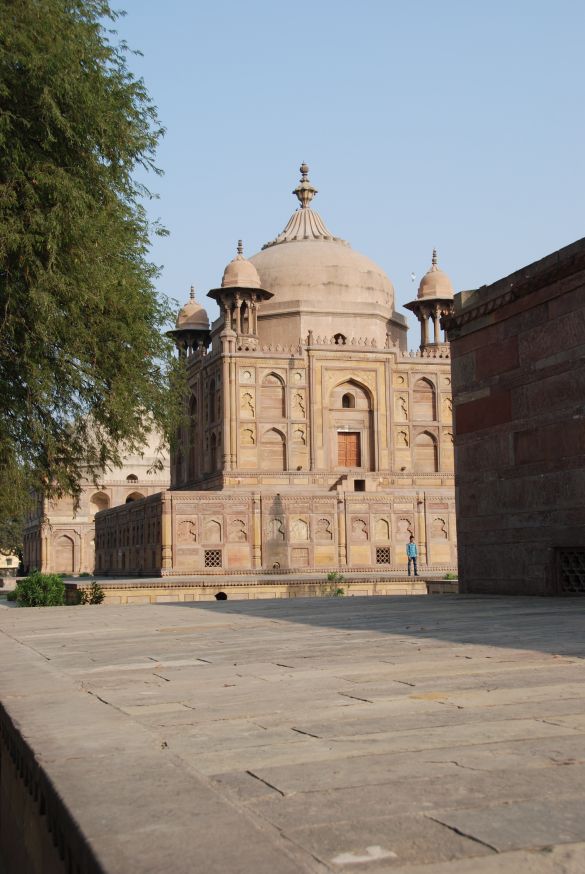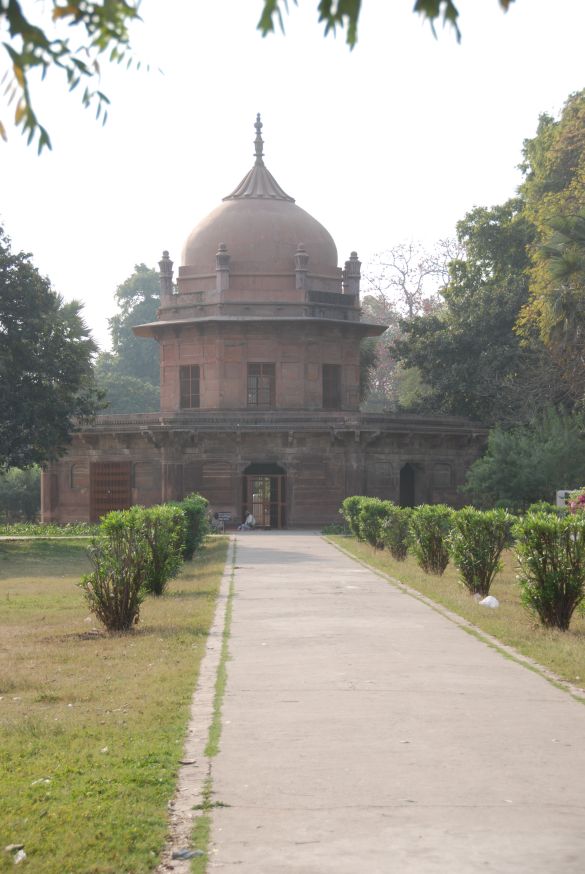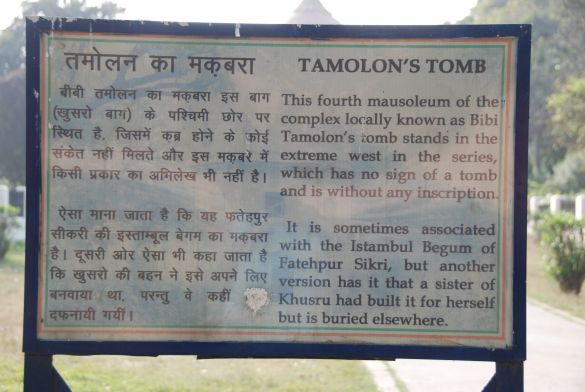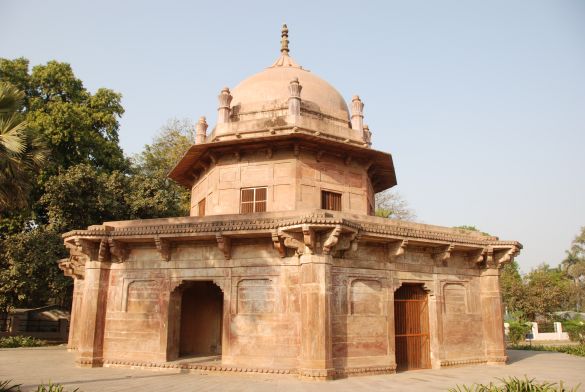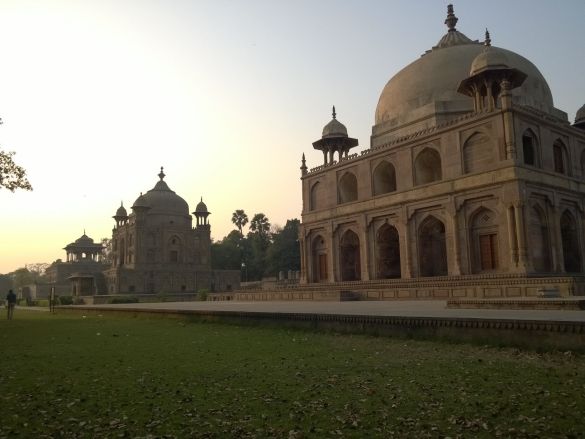We bezochten in Allahabad een park met de naam Khusro Bagh
of Khusru Bagh.
In het park staan 4 grote tombes, mausoleums.
Terwijl we er rondliepen kwam er iemand aan die ons
en de andere bezoekers wel de binnenkant wilde laten zien.

De foto’s van de binnenkant zijn natuurlijk donker. De openingen naar buiten zijn beperkt en er ligt natuurlijk geen licht.

Dit is een deel van de muur.
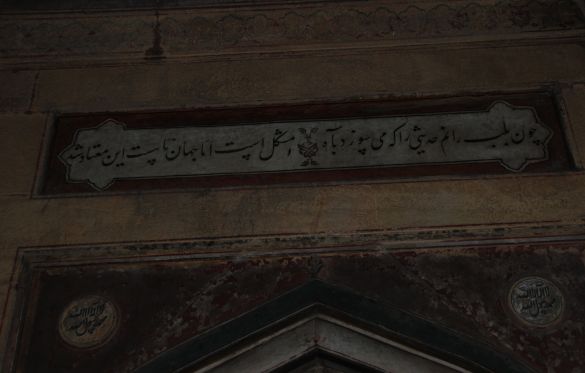
Een spreuk boven een doorgang.
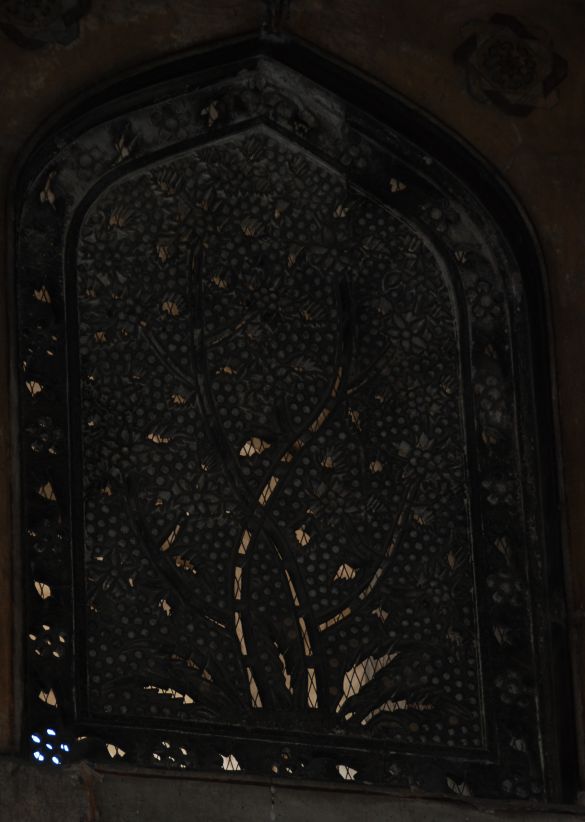
Zo’n raam laat zich moeilijk fotograferen maar deze foto is in ieder geval niet bewogen.
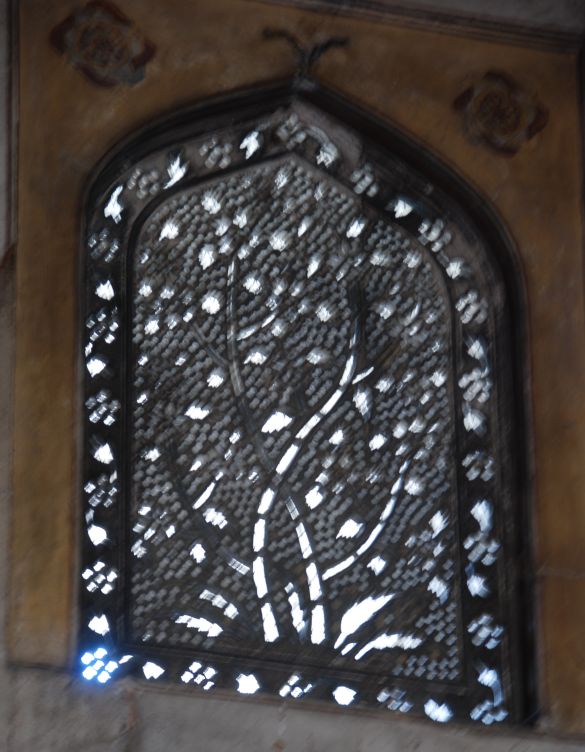
Hetzelfde raam, meer licht maar bewogen.
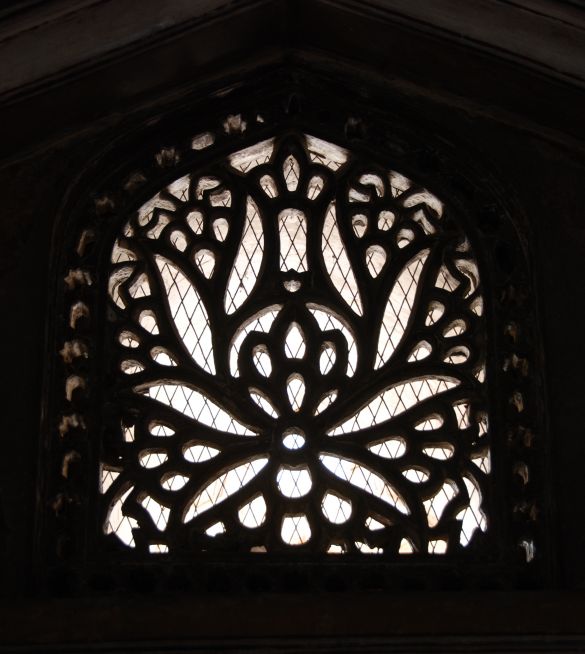
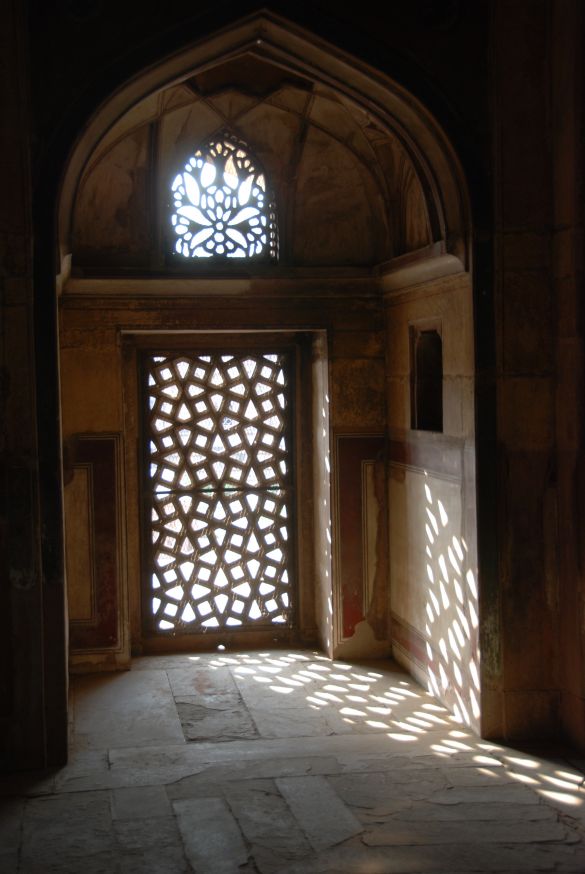
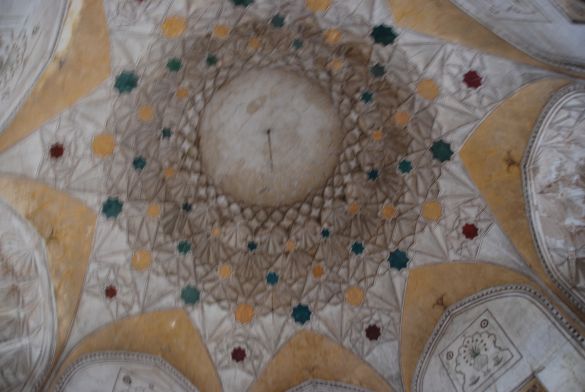
Een bewogen sterrenhemel.
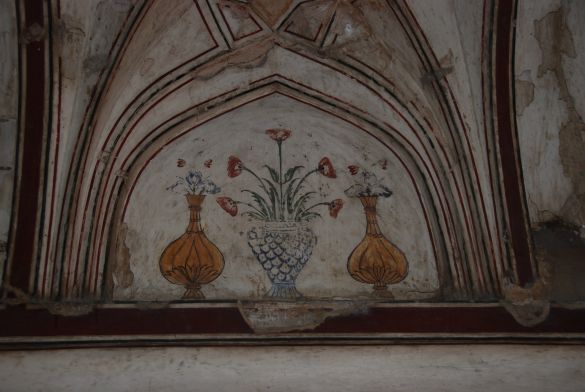
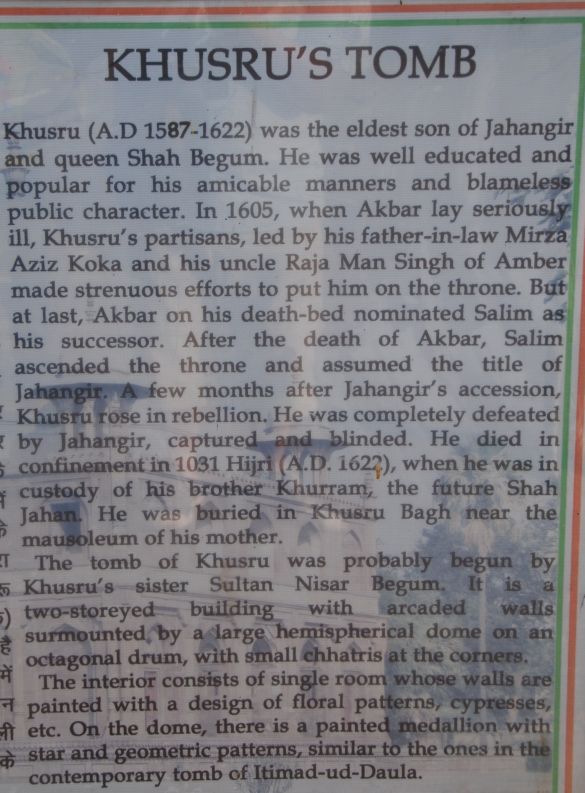
Khusru’s Tomb
Khusru (AD 1587 – 1622) was the eldest son of Jahangir and queen Shah Begum.
He was well educated and popular for his amicable manners and blameless public characcter.
In 1605, when Akbar lay seriously ill, Khusru’s partisans, led by his father-in-law Mirza Aziz Koka and his uncle Raja Man Singh of Amber made strenuous efforts to put him on the throne. But at last, Akbar on his death-bed nominated Salim as his successor.
After the death of Akbar, Salim ascended the throne and assumed the title of Jahangir.
A few months after Jahangir’s accession, Khusro rose in rebellion.
He was completely defeated by Jahangir, captured and blinded.
He died in confinement in 1031 Hijri (AD 1622), when he was in custody of his brother Khurram, the future Shah Jahan.
He was buried in Khusro Bagh near the mausoleum of his mother.
The tomb of Khusro was probably begun by Khusru’s sister Sultan Nisar Begum.
It is a two storeyed building with arcaded walls surmounted by a large hemispherical dome on a octagonaldrum, with small chhatris at the corners.
The interiour consists of single room whose walls are painted with a design of floral patterns, cypresses, etc.
On the dome, there is a painted medallion with star and geometrical patterns, simular to the ones in the contemporary tomb of Itamad-us-Daula.
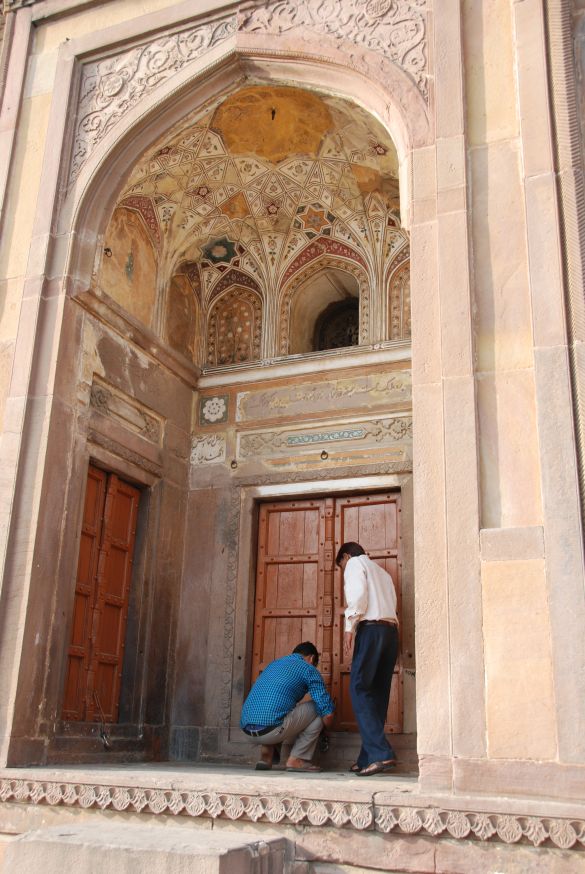
Op naar de tweede begraafplaats.
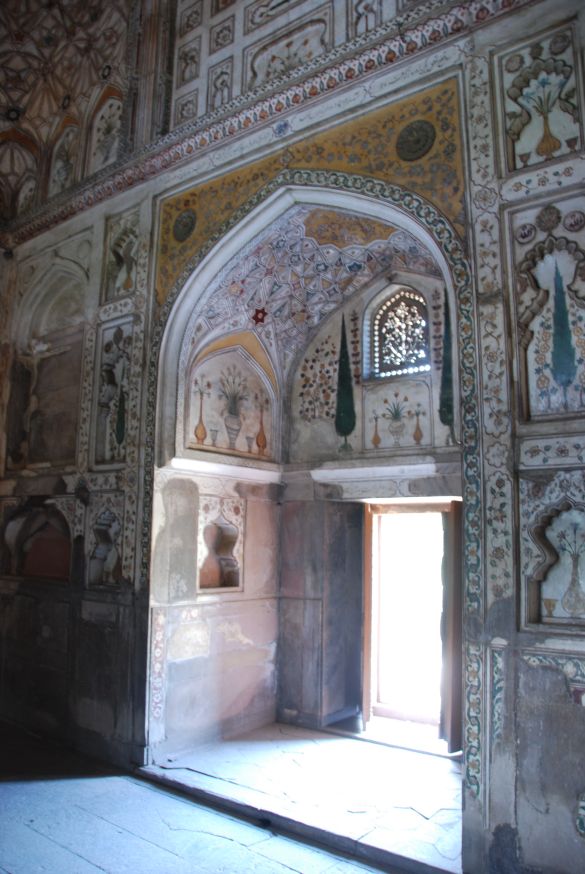
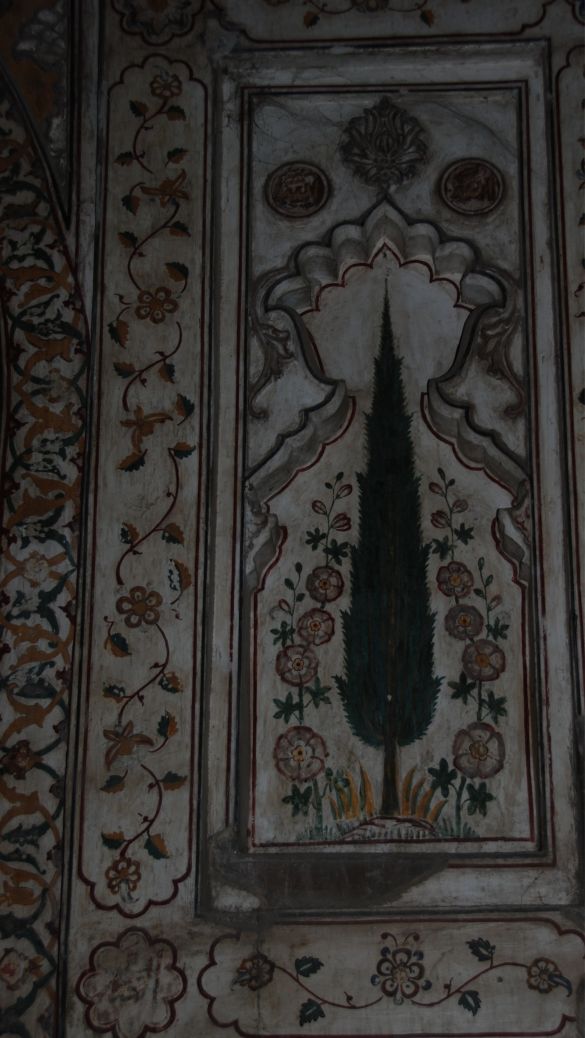
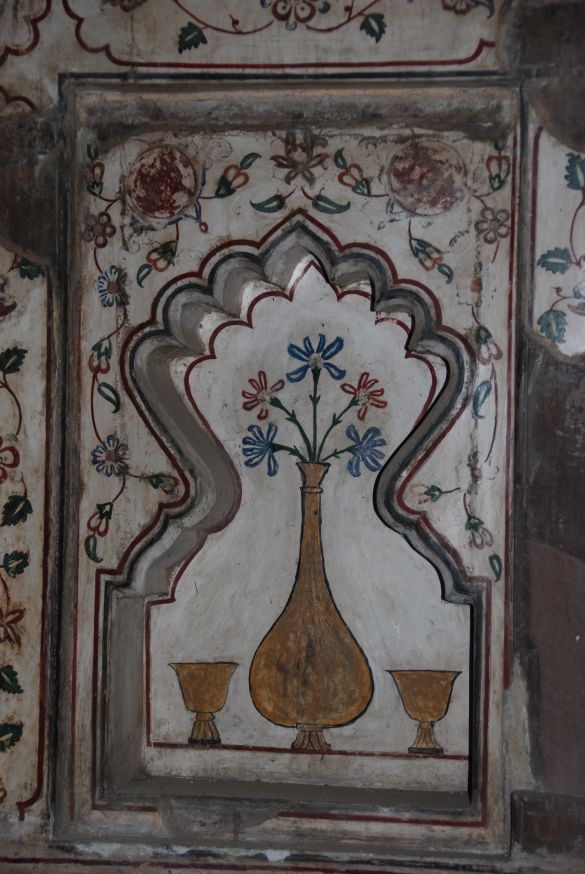
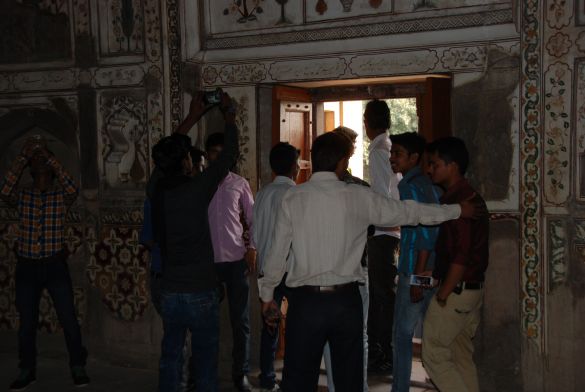
Al snel werd het drukker. Ook een aantal ‘miet-betalende’ bezoekers. Wij hadden de man ook nog niet betaald maar dat hij dit verwachtte was duidelijk. Is ook geen probleem.
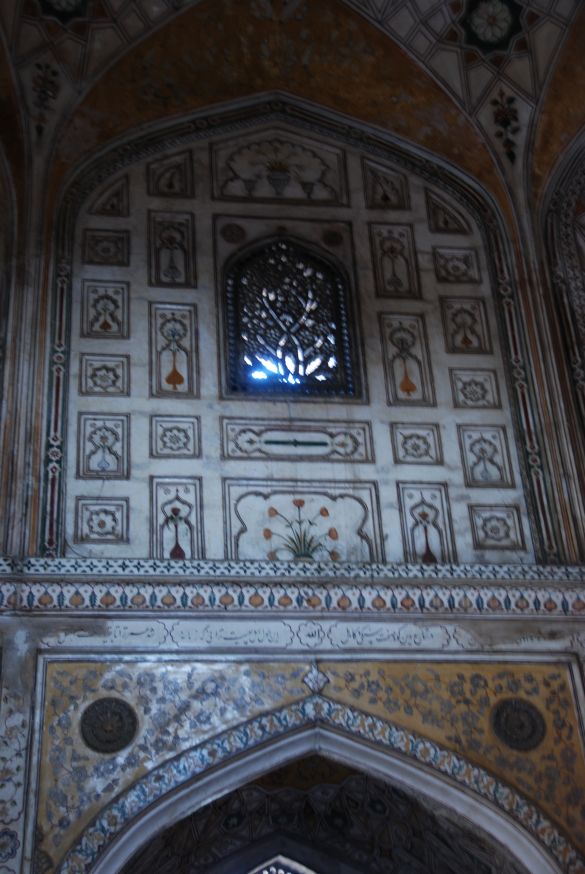
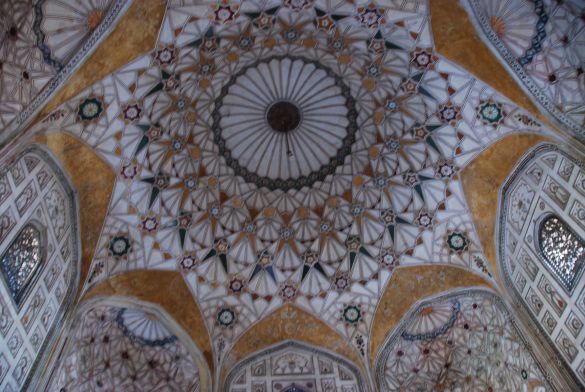
Deze koepel is helaas ook niet helemaal scherp.
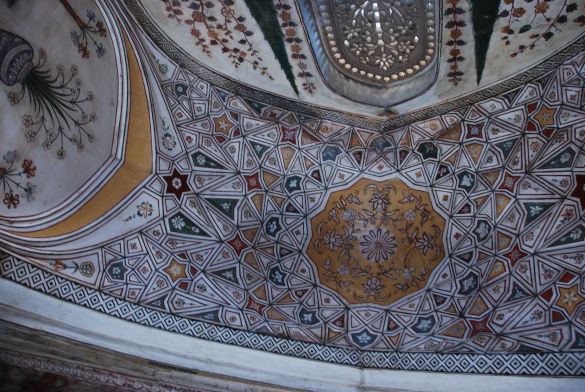
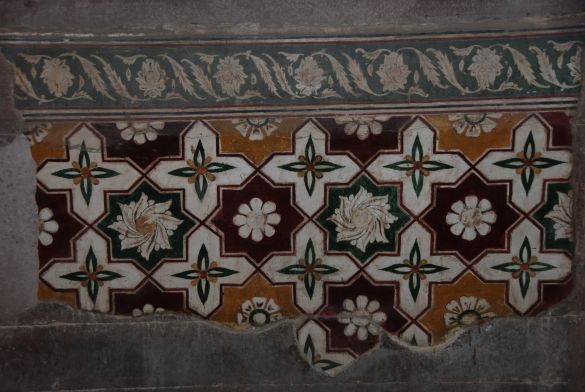
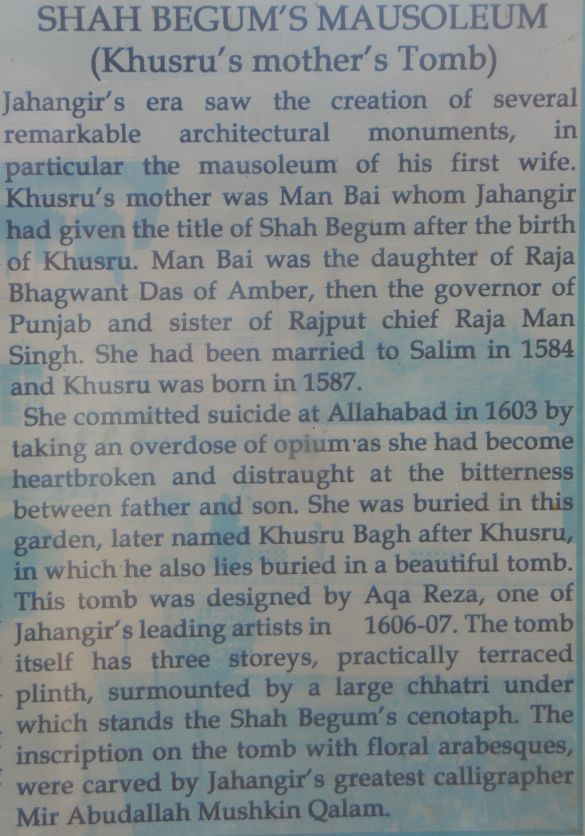
Shah Begum’s Mausoleum
(Khusru’s mother’s tomb)
Jahangir’s era saw the creation of several remarkable architectural monuments, in particular the mausoleum of his first wife .
Khusru’s mother was Man Bai whom Jahangir had given the title of Shah Begum after the birth of Khusru.
Man Bai was the daughter of Raja Bhagwant Das of Amber, then the governor of Punjab and sister of Rajput chief Raja Man Singh.
She had been married to Salim in 1584 and Khusru was born in 1587.
She committed suicide at Allahabad in 1603 by taking an overdose of opium as she had become heartbroken and distraught at the bitterness between father and son.
She was buried in this garden , later named Khusru Bagh after Khusru, in which he also lies buried in a beautiful tomb.
This tomb was designed by Aqa Reza, one of Jahangir’s leading artists in 1606 – 1607.
The tomb itself has three storeys, practically terraced plinth, surmounted by a large chhatri under which stands the Shah Begum cenotaph.
The inscription on the tomb with floral arabesques, were carved by Jahangir’s greatest calligrapher Mir Abdullah Mushkin Qalam.
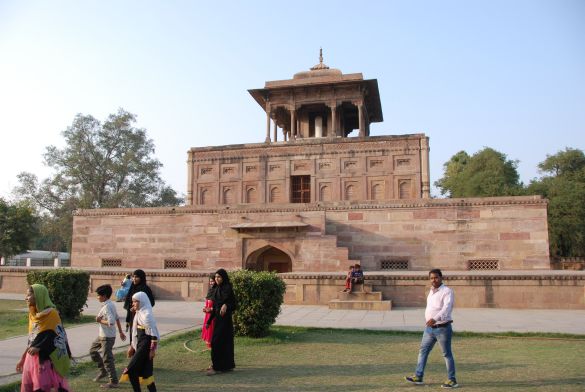
Het was heerlijk in de tuin. Hier op de achtergrond de tombe van Shah Begum. De dag was erg warm geweest. Langzaam daalde de temperatuur en de mensen zochten elkaar op bij deze oude monumenten. Een prachtig gezicht in de langzaam oranje kleurende zon.
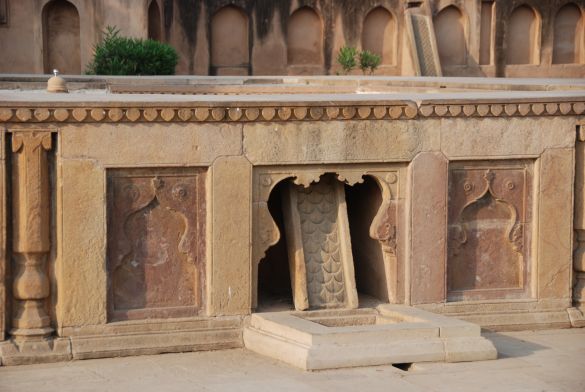
De Indiase architectuur gaat vaak gepaard met waterpartijen. Zou dit daar deel van uitmaken of is het gewoon de afwatering?
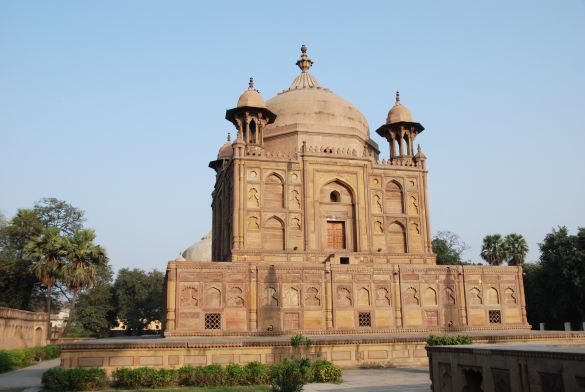
Tombe van Nisar Begum.


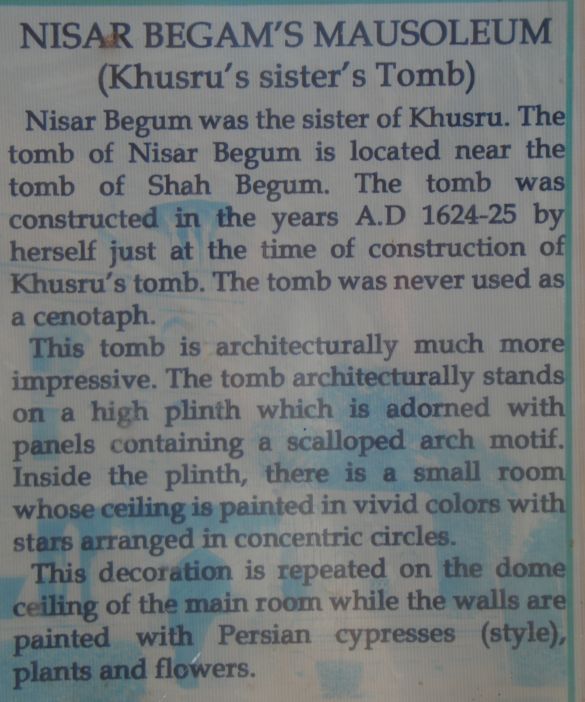
Nisar Begum’s Mausoleum (Khusru’s sister’s tomb)
Nisar Begum was the sister of Khusru.
The tomb of Nisar Begum is located near the tomb of Shah Begum.
The tomb was constructed in the years AD 1624 – 1625 by herself just at the time of construction of Khusru’s tomb.
The tomb was never used as a cenotaph.
This tomb is architecturally much more impressive.
The tomb architecturally stands on a high plinth which is adorned with panels containing a scalloped arch motif.
Inside the plinth , there is a small room whose ceilings is
painted in vivid colors with stars arranged in concentric circles.
This decoration is repeated on the dome ceiling of the main room while the walls are painted with Persian cypresses (style), plants and flowers.
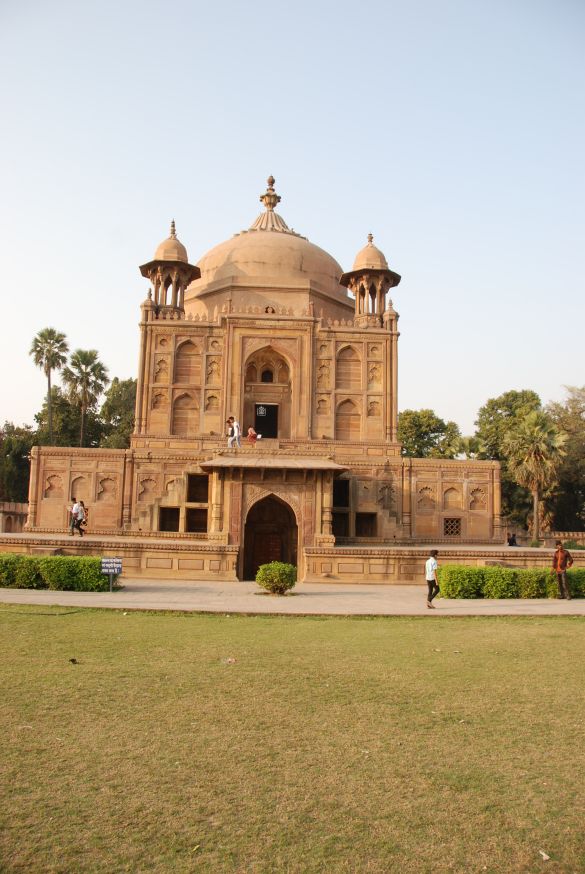
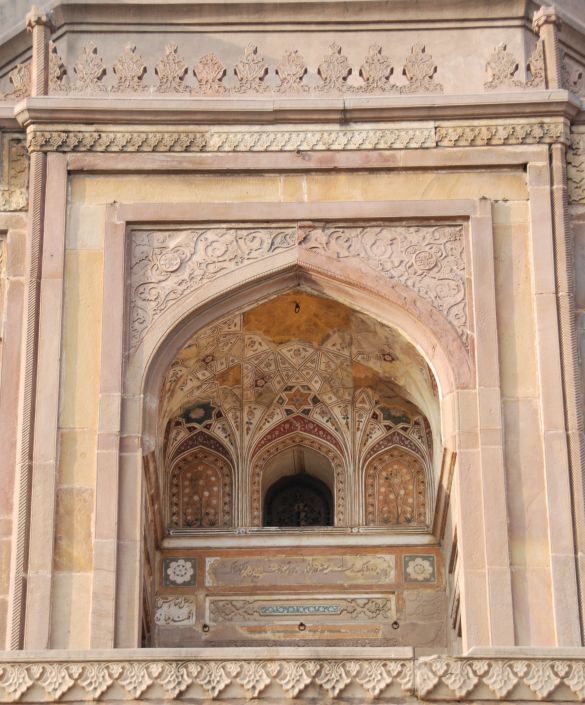
Op het internet, in Wikipedia bij het artikel over Khusro Bagh is een ongeveer zelfde foto. Daar heet het ‘Decorated arch of the Tomb of Nithar’ of gedecoreerde boog van de tomb van Nithar (Nisar Begum).
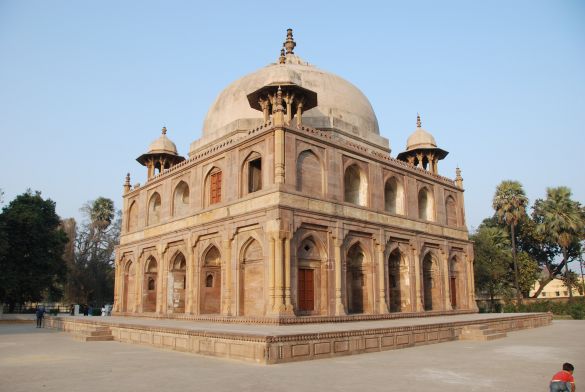
De tombe van Khusro.
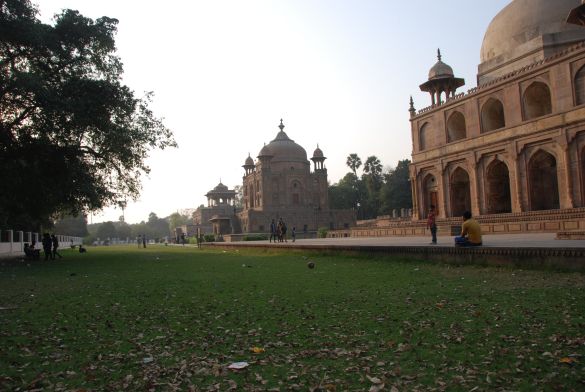
Van rechts naar links: Khusro, Nisar Begum en Shah Begum.
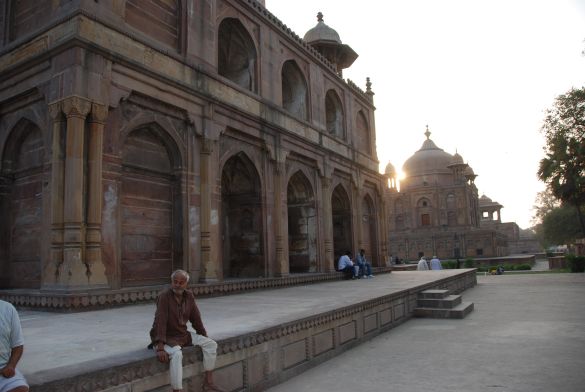
Maar vooral rust, genieten, aangename temperatuur.


